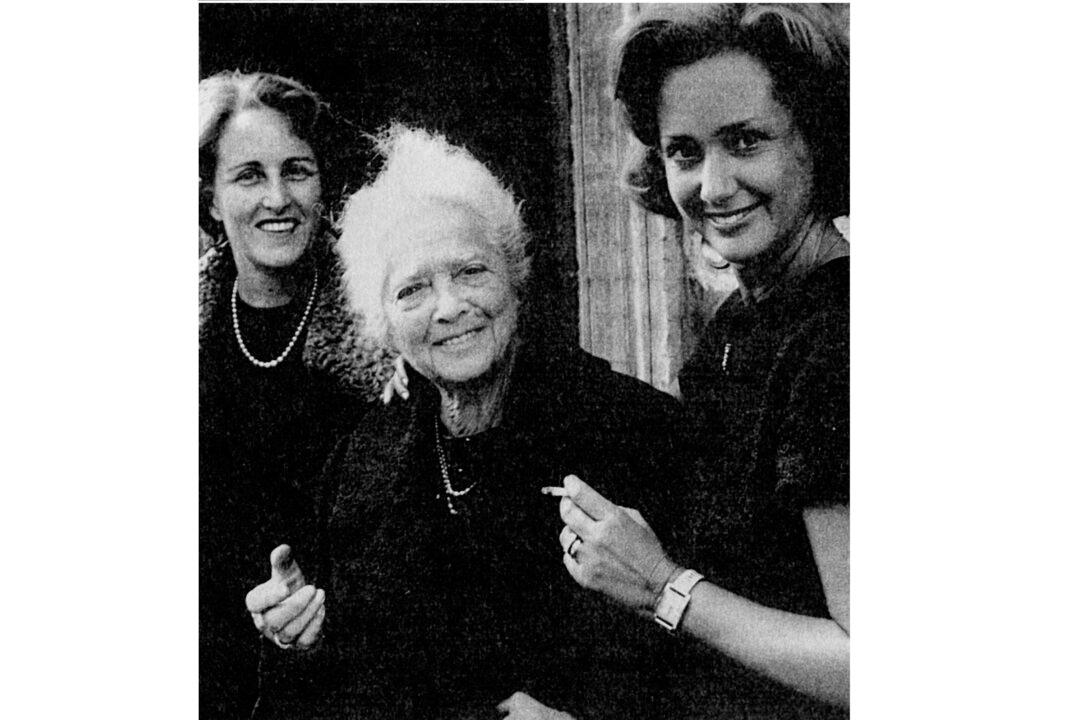Ribollita (Tuscan White Bean, Kale, and Bread Soup)
The Tuscan stew ribollita is a dish many Florentines would proudly fight for. It is our quintessential winter food: it demonstrates our imaginative use of stale bread; it gives cavolo nero, our traditional winter green, a chance to shine; and it is testament to our love for beans, promoted to a main course, rather than relegated to a simple side dish.Ri-bollita in Italian means re-boiled, or re-cooked. This name is the secret to the dense and satisfying consistency of the soup: you cook it multiple times so that it becomes so dense you can almost cut it with a knife.





